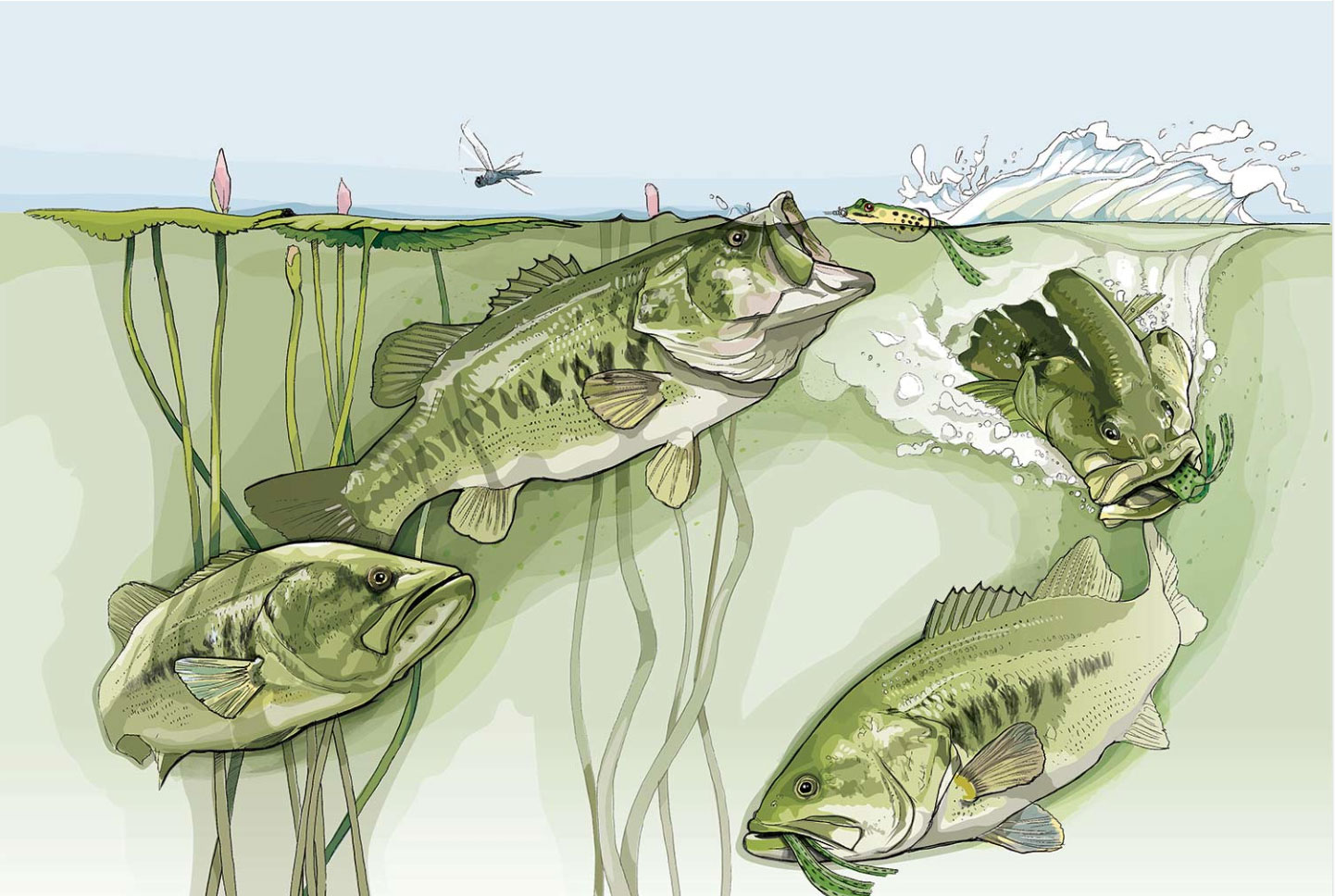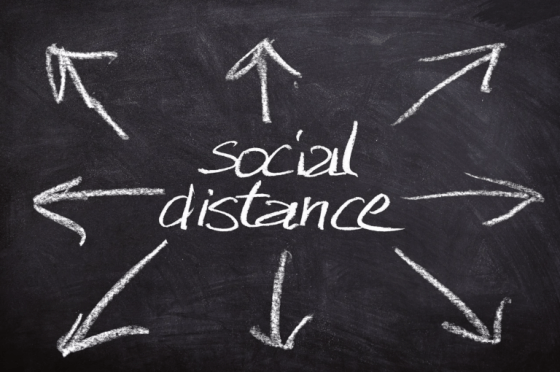A woman was recently attacked by a bison in Yellowstone National Park. According to a statement provided to Field & Stream, the victim of the attack was an 83-year-old woman from Greenville, South Carolina. Her full identity has not been released.
The woman was near Storm Point Trail at Yellowstone Lake on June 1 when the incident occurred. The National Park Service (NPS) has not yet released a detailed account of the attack, but officials say that the bison was “defending its space” and “came within a few feet of the woman and lifted her about a foot off the ground with its horns.”
The victim of the attack sustained “serious injuries.” An emergency response team brought her to the Yellowstone Lake Medical Center. She was then flown by helicopter for further treatment at a hospital in eastern Idaho. Her current condition is not publicly available.
Yellowstone National Park is the only area in the United States where bison have lived continuously since prehistoric times. In recent years, the park’s bison population has ranged between 3,000 and 6,000 individuals. Male bison can reach weights of up to 2,000 pounds, while cows typically max out at 1,000 pounds.
Though bison are herbivores and attacks are rare, they are known to become aggressive during calving season and their late-summer rut. In fact, according to NPS officials, “bison have injured more people in Yellowstone than any other animal.” Additionally, bison often behave unpredictably and can run several times faster than humans.
Officials did not say how or why the women involved in the recent attack had gotten close enough to a bison to cause it to react territorially. In Yellowstone, visitors are required to keep a distance of at least 25 yards from large ungulates such as bison.
Read Next: Army Veteran’s Bear Spray Explodes When Grizzly Bites It, Stopping Brutal Attack
“Wild animals can be aggressive if people don’t respect their space,” explains an NPS spokesperson. “When an animal is near a campsite, trail, boardwalk, parking lot, or in a developed area, give it space.”
Read the full article here




